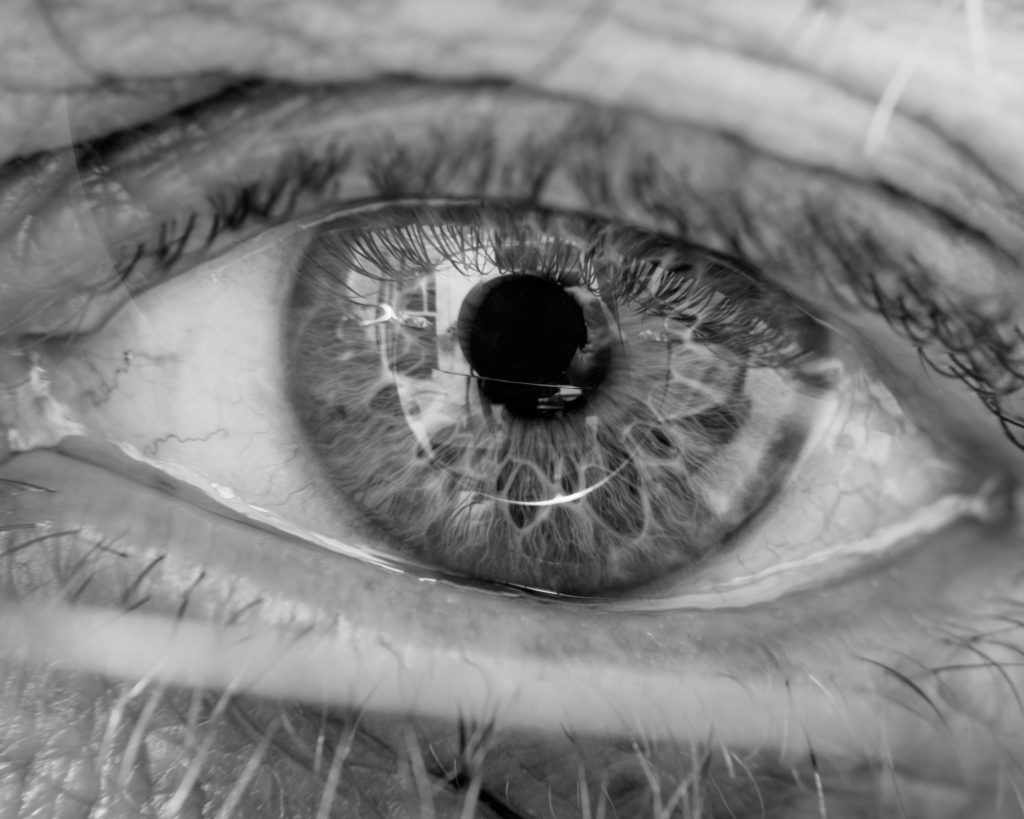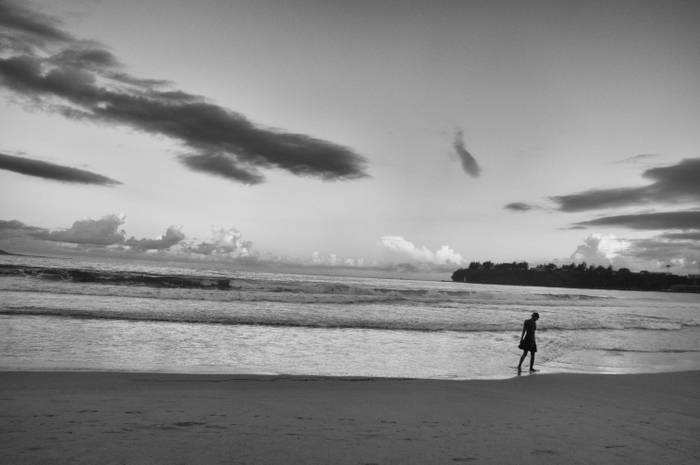- THEME: Rebellion
- SUBJECTS: Identity, Gender politics, Authority, Negative Stereotypes
- INTENTIONS: To represent change in ideas on Gender but also represent the negative stereotypes that do still exists on Gender/ sexuality.
- VISUALS: how the film will look – incl. inspirations from artists, film makers, movements etc
- Inspirational Mood Board –
- SOUND: Contrasting interviews as ‘background noise’ behind more instrumental/ ambient sounds or crowd noises to represent the struggles many people face in regards to gender and sexuality fluidity.
- TITLE: Checkmate, Untitled 2020, tired, stare, Train Wreck, Grow Up
MANIFESTO –
For many years gender has been treated and represented as a solid construct, only representing the mostly negative stereotypes of Men and Women. Where men are expected to be emotionally numb and work to provide for his family and Women are expected to be fragile and care for their children or other family members. More recently, gender and secuality have become more fluid and diverse especially within the media, as suggested by David Gauntlett and his theory on gender fluidity which is the idea that whilst in the past the media tend to convey singular, straightforward messages about ideal types of male and female identities, the media today offers us a more diverse range of icons and characters from whom we may influenced by; gender identity is less constricted. I believe that it is imperative that all identities and genders are represented equally throughout the media but also that ideas on gender and sexuality are more accepted in the real world, allowing people to fully express their own identity rather than one society fabricates and forces upon people.
Therefore, in my short film I aim to expose some of the gender norms/ stereotypes/ ideologies that are present in todays society by contradicting them. For example a male wearing makeup or a woman wearing ‘masculine clothing’ are two examples of how gender is constricted and judged in todays society. A theme that I will aim to repeat throughout my narrative is hurt but also the binary opposition between what is expected and how people actually want to represent themselves. One other theme that I am going to try and represent would be the concept of ‘failure’ and how gender and sexual norms can negatively impact people and cause them to believe that they are a ‘failure’ or bad in some way. For the theme of everyday I am going to set my scenes in common, busy places such as in town, on a street or on the bus.

STORYBOARD –
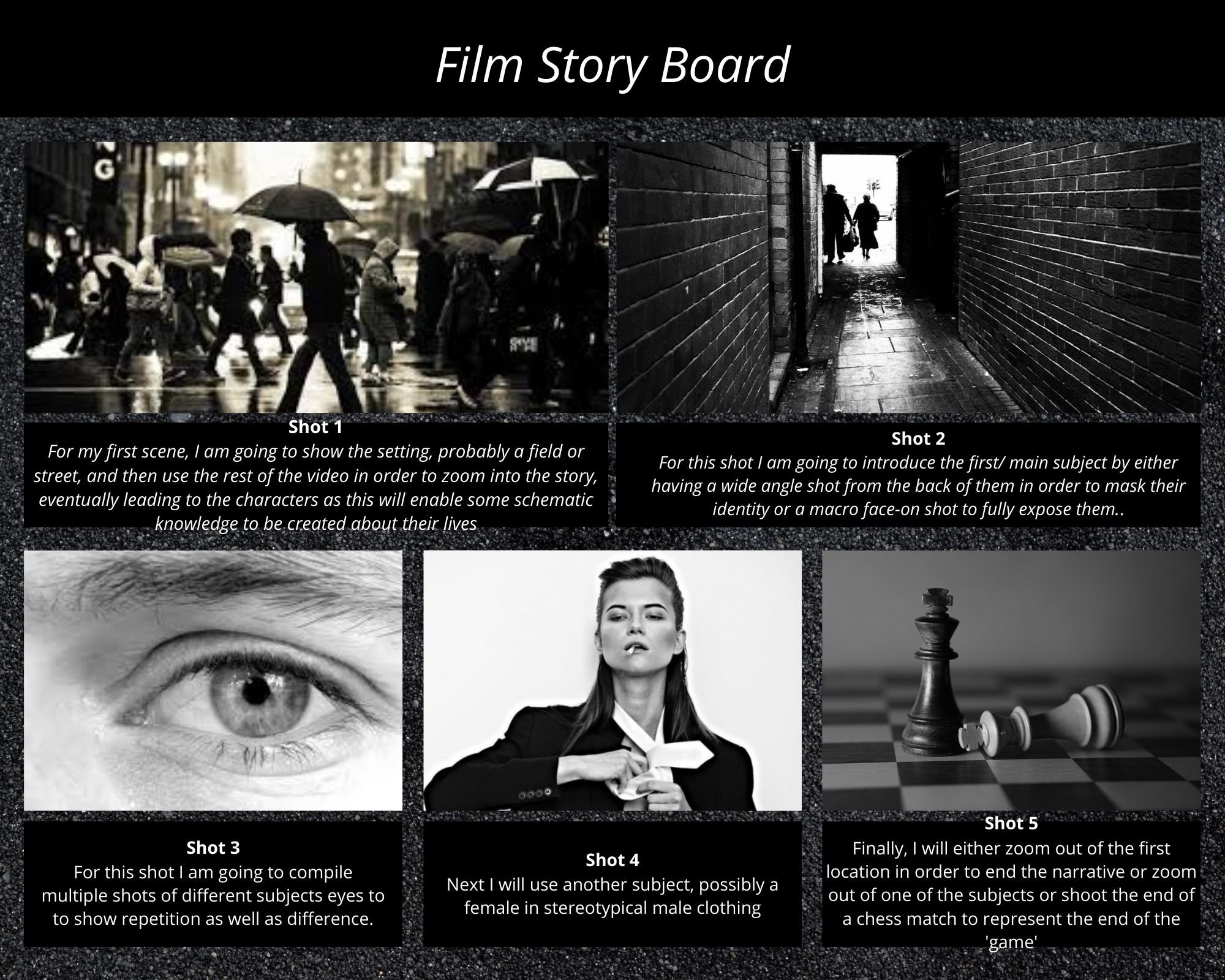
You must use 3 words from ‘throwing the dice’ –
Repetition, Everyday, Failure
Artists References
Martha Rosler: Kitchen Semiotics, 1975
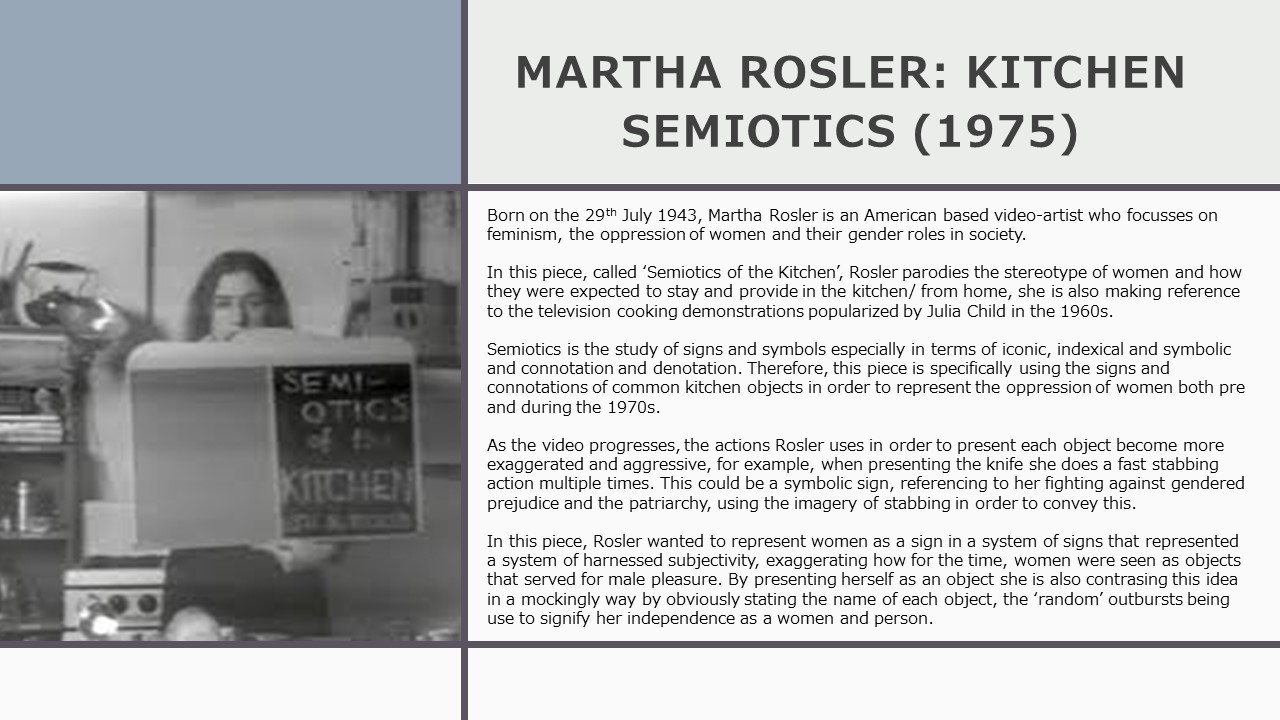
Bas Jan Ader: I’m Too Sad to Tell You
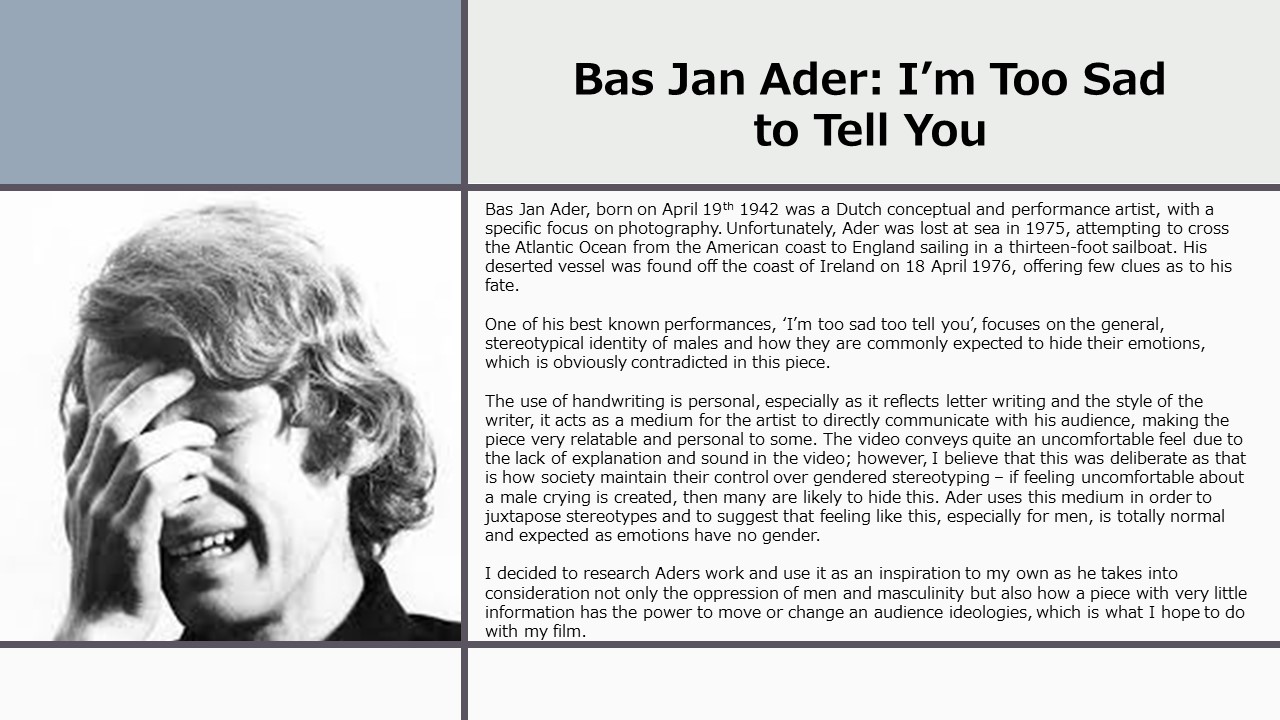
Walter Pfeiffer: Transformer: Aspects Of Travesty
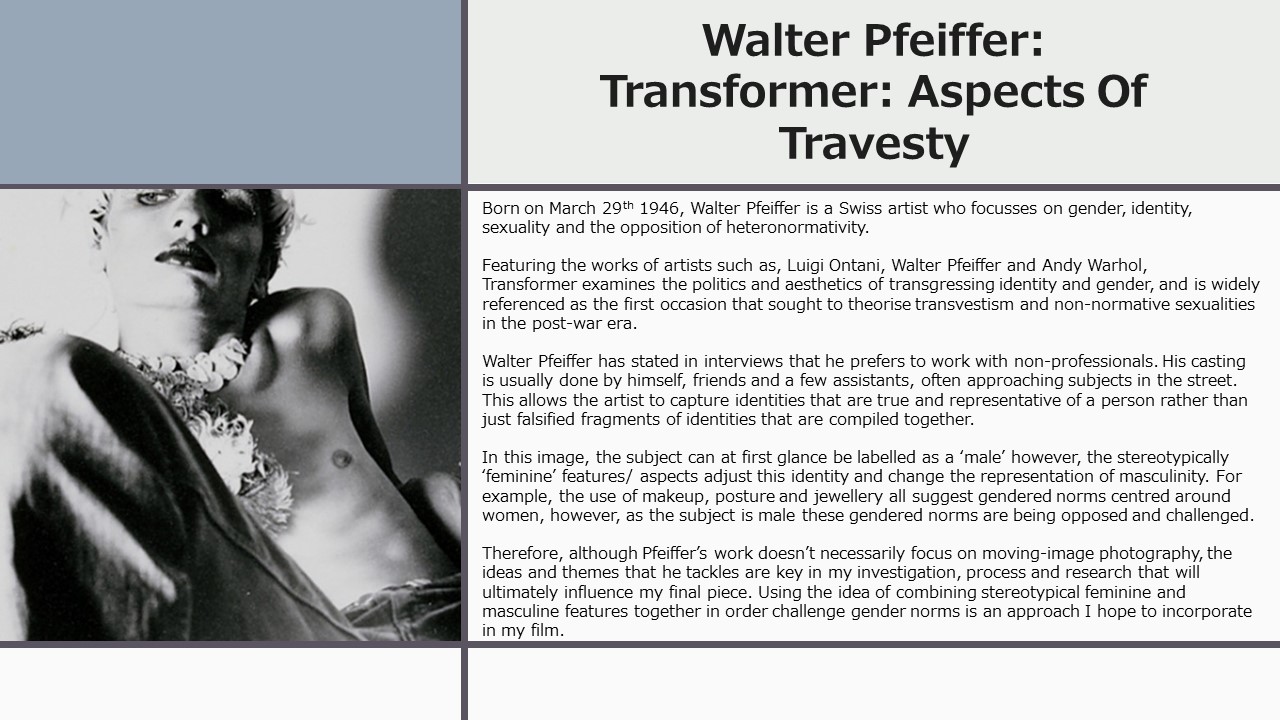
Ideologies/ Theories –
Judith butler –
According to Butler’s theory, gender is essentially a performative repetition of acts associated with male or female. Currently, the actions appropriate for men and women have been transmitted to produce a social atmosphere that both maintains and legitimizes a seemingly natural gender binary.
Laura Mulvey –
Male Guise – The concept that texts present females through the eyes of a heterosexual male, often objectifying the physical form for gratification.
David Gauntlett –
Gender Fluidity – The idea that whilst in the past the media tend to convey singular, straightforward messages about ideal types of male and female identities, the media today offers us a more diverse range of icons and characters from whom we may influenced by. Gender identity is less constricted.
Selection Process –
As I couldn’t use all of the shots I had, in order to select the right ones I first imported and layed out my audio as this would allow for the foundations of the narrative on gender norms to be created as the visual aspects are used to reflect what is being expressed in the speeches. After importing my audio into Premier, I started importing multiple MP4 files that i thought would fit in order to create a rough draft that I could develop. The initial draft doesn’t have as many effects as it was mainly used as a guid for me to see a version of a possible final product. In addition, I also felt that by having too many settings, subjects or themes may distract viewers from the key messages I wanted to convey which is therefore why I aimed to use a limited about of scenes and focus on highlighting the key ones such as the close-ups of the eyes and how I could construct a narrative out of these. After compiling all of my video files into one folder I went through each of them individually, selecting and deleting the relevant files as some shots took multiple takes.




Draft 1 –
Evaluation for draft – Overall to improve for my next attempt at the film I am going to improve my audio so that it is clearer and will therefore impact views more. I am also going to try an incorporate some more wide-angle shots in order to represent the setting of the film. One thing that was useful when editing my draft would be deciding the audio fist as this allowed me to create more accurate ideas for my shots that would also link visual with audio and have more connotations and impact.
Using Premiere –
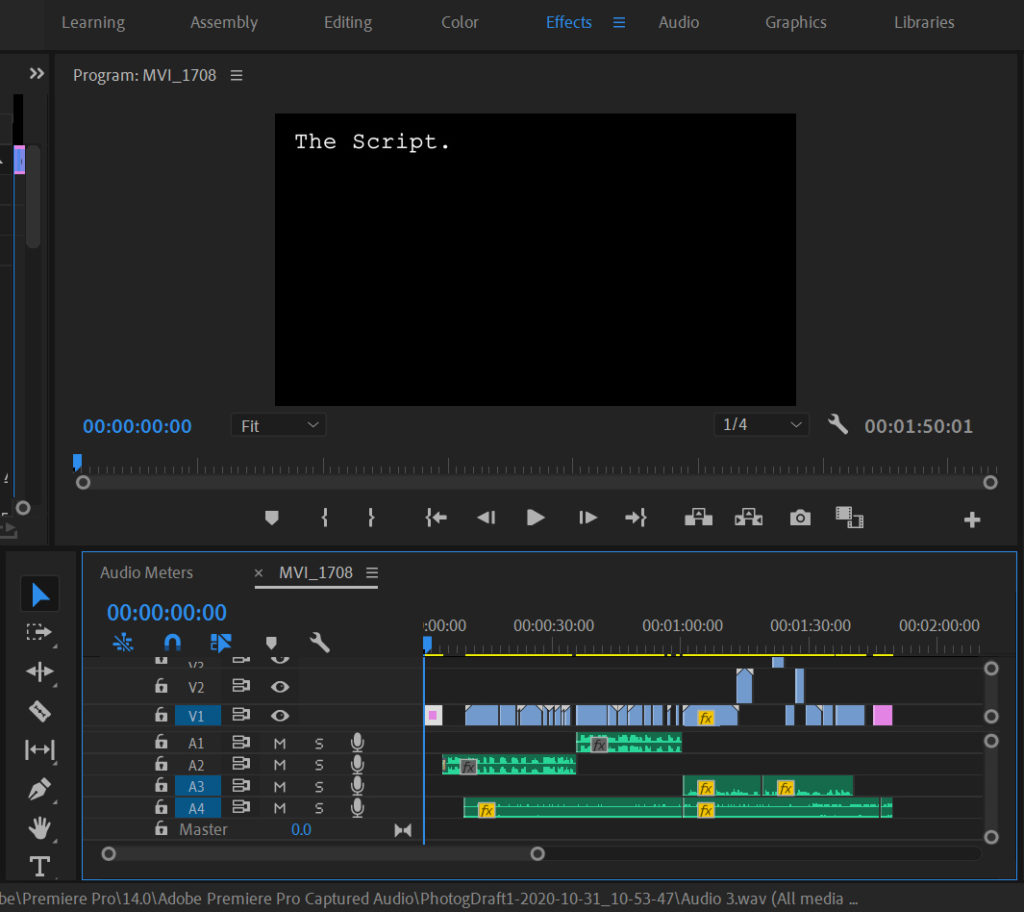
1 – One of the most important elements of my music video would be the audio as this sets and creates a narrative, explaining what this video represents which is then reinforced through the visual elements. The audio was the first element I imported into premier, as this allowed me to develop my ideas based on what was being said, rather than recording footage and then trying to get that to correlate with the messages conveyed via the audio.
2 – In order to allow for consistency in the aesthetic of my shots and how they appeared on screen, I used the same lens throughout my shot (Canon 18-55mm). I also used a tripod for all of my shots in order to ensure that they were level put the also minimise the chances of me having to stabilise the shot in premiere.
3 – After gaining a rough idea of how I wanted my visuals and audio set out, I then decided on the title and what sort of text was included so that there was a mixture of different mediums throughout the video. I decided on the title ‘The Script’ as not only is this mentioned halfway through the video (reinforcing the key ideas I aim to convey) but I also think that it accurately represents how gender is structured and formed in society, the stereotypes that govern our behaviour, attitudes and ideologies acts as a script.
4 – When editing my footage I also had to use different tracks (the same as layers in photoshop) which allowed me to be able to edit individual sections without impacting the rest of my shots or audio. This also allowed me to be able to clearly see the different areas of my film and how each section transitioned to the next.
5 – For some of my shots there is more digital manipulation, such as a reduced saturation and a slow fade allowing the scene to gently enter the screen rather than harshly appear like some of the other shots do, allowing me to convey multiple meanings.
6 – As I wanted to focus on gender I thought that it would be important to focus on the stereotypes on gender as a whole rather than singularly such as Male VS Female. Although, there are strong opinions against women in society there are also ones against men which generally aren’t represented as much throughout the media.
Final Film –
Key Frames –





Evaluation –
Overall, I believe that my film was a success as it covers and represents the main messages I originally intended to convey. I definitely think that prior planning was key to this film and allowed me to develop on my final outcome. In addition, the use of a storyboard also allowed me to focus on key ideas for my film such as the close-up on the eye and the bath scenes. I also believe that by adding and deciding on my audio before I filmed allowed me to accurately link together both visual and audio components; supporting each other in order to emphasise the fight on gender stereotypes and changing scenes depending on what was being said.
One thing that I did aim to improve on based on my 1st draft was my overall narrative and how each scene linked into the next in order to create a story. I therefore re-organised some of the scenes, using the close-up of the eye at the begging and end of the film in order to represent a form of equilibrium – disruption – resolution – new equilibrium.
As the film is just over 1 minute long, it was hard to incorporate all the elements of gender stereotypes that I wanted to cover. Therefore, in order to improve I think that I would focus on a more specific area of gender norms and stereotypes rather than the broader option.
Behind the scenes –
For some of my scenes I used torches in order to manipulate the objects shadows and their angles. I also used a tripod for all of my scenes as this allowed my videos to be even and steady, so that I wouldn’t have to later stabilize them in premier.

